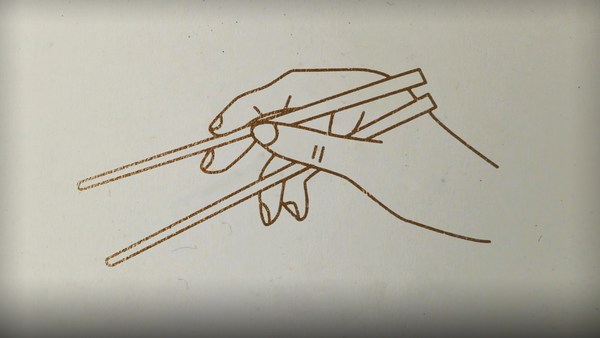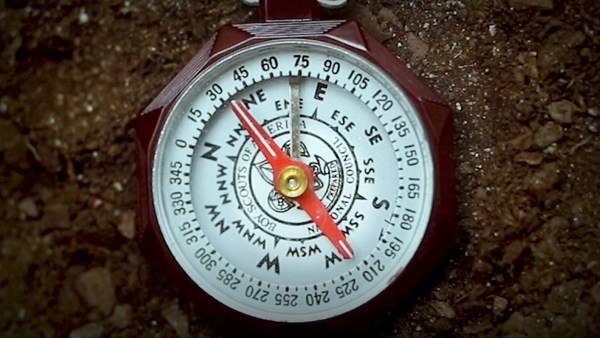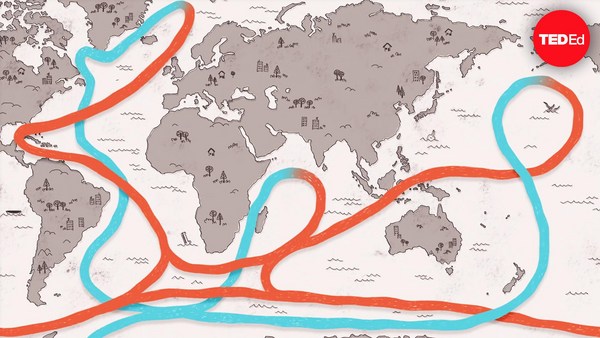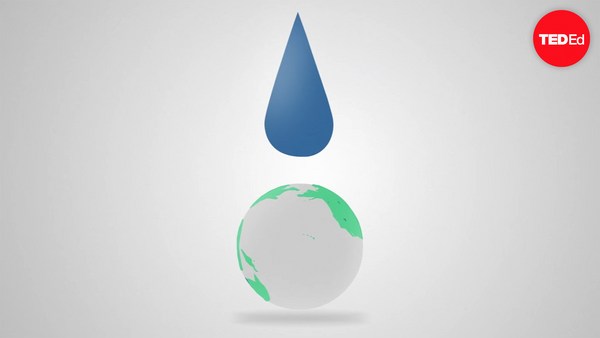Riding a wave is like suddenly gaining speed and gliding at the same time. Like walking on water, like flying. I think it's really about being one with a natural phenomenon.
[Small thing. Big idea.]
The surfboard requires a lot of ergonomic thinking. How do I stand on it? How do I not slip off? But at the same time, it really has to work in that fluid environment. It's really considered for the rider in some areas and for water and physics in others.
A surfboard is made out of a core element which tends to be foam, which makes the board float, and the skin of the board is some kind of resin, epoxy, sometimes fiberglass. There often is also a stringer, a wood piece down the middle, which makes it stronger. The rocker is the curvature of the board in the front. That is important because that determines what kind of wave you will be able to take, how steep the wave is. The tail affects performance. Different tails will make the board react differently, so it's a lot about personal preference.
Our understanding of surfing comes from when the Tahitians in 1200 AD brought it to Hawaii. So when James Cook arrived around 1780, he was mesmerized by hundreds of people in the water, children, women, men, surfing naked. Calvinist missionaries arrive and they're scandalized by it. It becomes an illegal activity. It becomes counterculture.
The father of modern surfing is a Hawaiian named Duke Kahanamoku. He is an extraordinary swimmer, wins gold at the Olympics in 1912. Goes around the world to show his swimming but brings surfboards and demonstrates surfing. Imagine, people had never seen surfing before. Suddenly, some person from a faraway place is standing on water, riding on water.
He comes back to Hawaii, and they start to make more boards. Pre-Second World War, you're still looking at big, heavy wood boards. Post-Second World War, new materials and new technologies become available, and those make the board lighter, more accessible, cheaper, but it continues to be a custom object, something that is made specifically for a person or for a certain spot.
It's a very symbiotic relationship between surfer and shaper. There's so many different criteria that affect the physics of how that surfboard is moving in water.
A longboard is typically used on smaller waves. The riding has a lot of style. You can walk the board, put your toes over it, do a hang ten.
A shortboard will be faster. They're harder to ride, they sink under the body. Board design comes at the intersection between those physical factors, and really, how I want to put myself in the water. It's an expression as much as it is a physical activity. The draw may be because water is so elusive. You can't fight it, you can't change it.
The best I can do is recognize what it does. The surf may be big and getting bigger and surging while you're in the water. The elements are changing. The wind is coming up. You have to be in symbiosis with the environment. You need to look and feel for everything that's happening around you. And yet, it's so short. Five, eight, 15 seconds. It's fleeting, but you have to go back to it.





